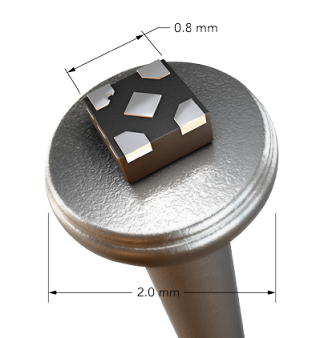Logic devices may have existed in the early 1700s. Throughout its long history, logic devices are still being used in today's wide range of applications especially in the embedded design. This article will be your guide on how to select the perfect logic devices to be used to meet your design requirements.
It’s the go-to resource for I/O expansion and interfacing between analog and digital domains, but that’s just the beginning. In many ways, today’s designers need logic more than ever. Why? Because today’s systems need to be smaller, more power efficient, and more portable than ever before. That means managing tight layouts, and dealing with looped traces, which can generate cross-talk and create signal-integrity issues. It also means working with multi-layer boards, implementing real-time responses to real-world events, and supporting multitasking operations.

In many cases, the right logic device makes these things easier to manage, and helps optimize operation. Here are just some of the ways that Standard and Mini Logic works in today’s embedded systems:
- Enables quick reconfiguration, by adding gates outside the core logic or MCU, for selection of debugging and functional modes
- Provides the interface between peripherals, by performing level translation, reset control, power sequencing, signal switching, signal isolation, and so on
- Uses low-power functions to add new features without overtaxing the battery
- Enables the integration of touchscreens and touchpads with multiplexers, shifters, and latches
- Implements video switching between different displays and video formats by doing format conversion, adapting interfaces to controllers, and multiplexing/demultiplexing the connectors
- Extends GPIO and drives LEDs
- Supports automotive applications by implementing simple motor control, smart key detection, security alarms, speed alerts, and more
Advertisement
Learn more about NXP Semiconductors





